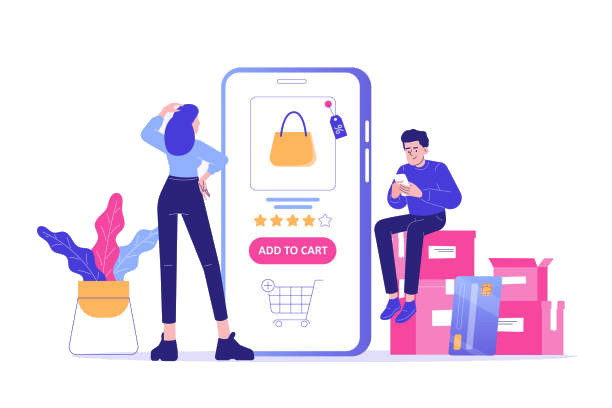According to statistics, nearly half of the leads in a sales funnel are not ready to purchase. However, by implementing a lead nurturing plan, your company will convert more of these uncertain buyers into loyal clients.
Consider your leads like a plant that has to be nurtured.
If you put a seed in a random spot of earth and forget about it, it’s unlikely to grow into the lovely flower you hoped for. You’ll likely end up with a healthy plant if you place the seed in nutrient-rich soil and water it routinely. The same is true for your customers.
Forgetting about your leads, not responding to their inquiries, and failing to engage them with frequent content will almost certainly result in a low conversion rate – the percentage of individuals who connect with your business who perform the desired action.
Your connection with leads will blossom (pun intended) if you follow up with them regularly, engage with them regularly, and produce material that assists them in making purchasing decisions.
What Is the Concept of Lead Nurturing?
A lead is somebody who has expressed interest in your company in some form. They’ve shown interest in what you have to offer, whether by contacting you or signing up for your emails, but they haven’t yet completed a purchase.
Lead nurturing is building relationships with your leads so that you can guide them from awareness to paying clients. The overarching purpose of lead nurturing marketing is for your company to be there at every stage of your lead’s purchasing journey, so you’re the company they select when it’s time to invest their hard-earned money.

5 Strategy Tips to Nurture Leads
1. Divide Leads into Groups Depending on Their Requirements.
Not all leads are created equal.
People who contact your company for a quote aren’t always in the same frame of mind as those who subscribe to your blog email.
Create audience segments based on their shared traits, such as the actions they’ve made on your site or their interests. When you target the appropriate individuals with the correct content, you’re more likely to convert them into leads and, eventually, customers.

2. Create Content for Customers at Various Phases of The Purchasing Process.
People at various phases of their purchasing journeys want different sorts of information. Content creation for each stage of the sales funnel should be part of your lead nurturing plan.
At the top of the funnel, it’s your job to educate customers, while they’re still finding out what they want from a company. Answer their questions about your industry, your company, and the product or service they’re seeking to buy.
Your material should assist customers in determining the ideal company, product, or service for their needs in the middle of the funnel.
At the bottom of the funnel, whatever you create should gently direct consumers to your business. They know exactly what they want from a firm and just require a little push to make a purchase.
3. Follow Up on Leads As Soon As Possible.
According to studies, if you contact leads within five minutes after receiving their contact information, they are 90% more likely to convert. That’s a lot of back-and-forths, and it takes time that you or your sales staff may not have. You don’t have to physically contact every lead, though.
Automated lead nurturing can completely change the game for you.
4. Reach Out to Your Leads Through a Variety of Methods.
More than 70% of Americans use at least one social networking platform. Furthermore, almost 90% of Americans over the age of 15 utilize email. I also can’t ignore this reality. Blogs are read by more than 75% of Internet users.
People no longer exist on a single digital platform. Multiple email accounts, numerous social media accounts, multiple email newsletter subscriptions, and multiple blog subscriptions are all rather typical.
Your lead nurturing strategy should target many channels since consumers connect with businesses in a variety of ways.
The importance of creating content for your website cannot be overstated. With your emails, you may convert a lot of leads into customers. However, don’t overlook social media as a source of leads.
You may even filter your leads by the channel that delivered them to your website using customer relationship management software (CRM).
5. Make Your Content Unique.
Have you ever gotten a marketing email with your name in it, or visited a website that appeared tailor-made for your needs?
Personalization may help you grab more leads by making your marketing efforts feel more unique. However, take it seriously. If a company offers a personalized experience, 77% of consumers are likely to pick, refer, or pay extra. Personalization also improves clients’ perceptions of your business.
You have plenty of room to get creative with personalization.
Summing Up
Test out different strategies. You might find that something I didn’t mention works for you.



